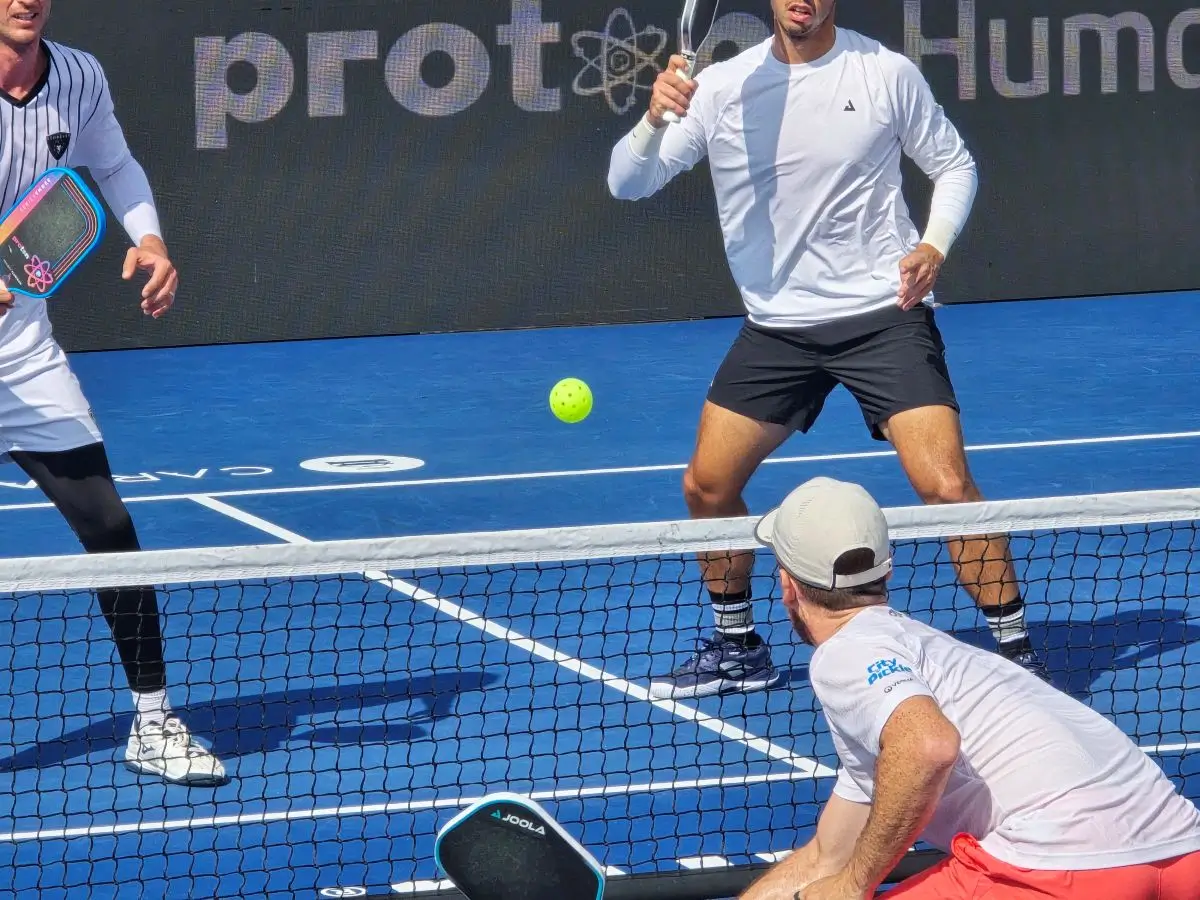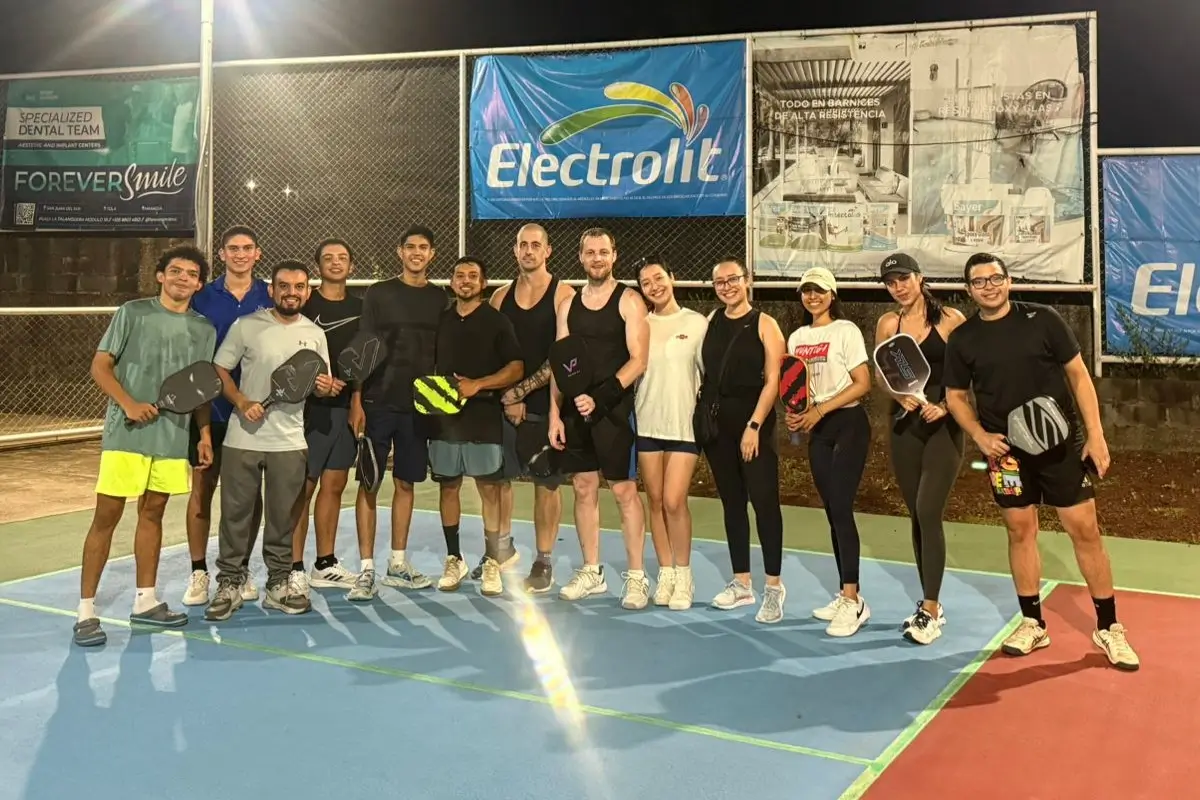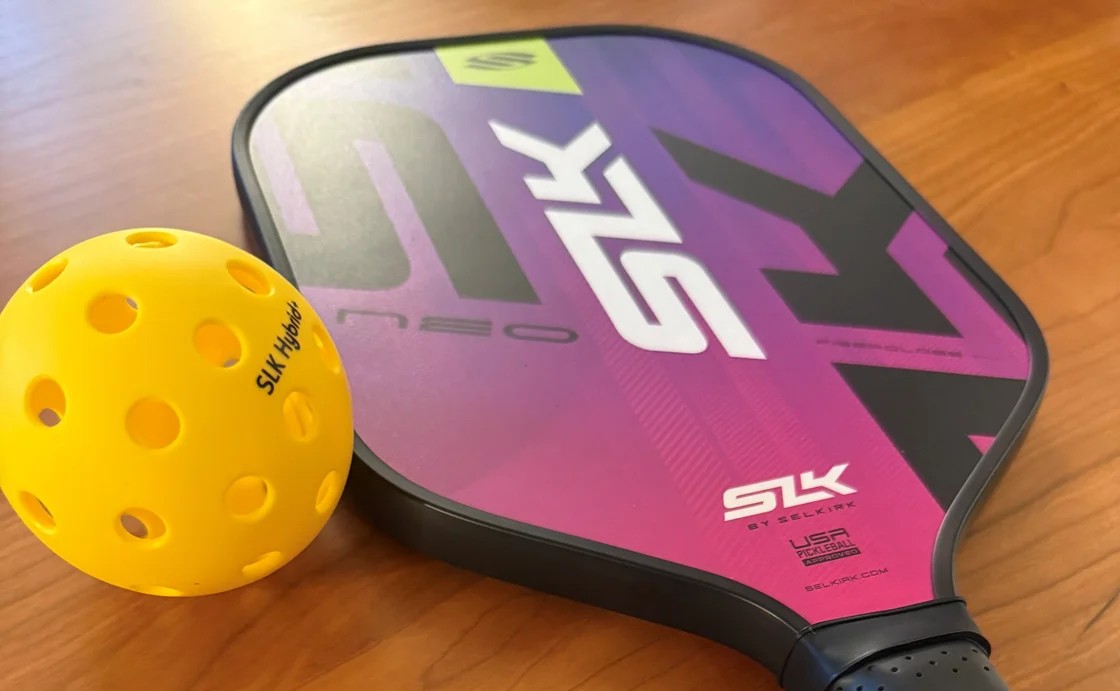Battling Foot Pain as a Pickleball Player
After months of pain and confusion, I finally got answers about a foot injury that just wouldn’t go away. It wasn’t what I expected, and the real cause forced me to look way beyond my feet. This is the story of what I discovered, what I went through, and how I’m working my way back to the court.

Back in mid-March, I’m playing a tournament in McKinney, Texas. My shoes are beat up, my feet are literally screaming, and I think I’m just dealing with some classic post-match soreness. But by the end of that weekend, I know something’s up. My feet are cramping, the kind of pain that makes you wince every time you try to pivot or push off. I blame the shoes, of course, because the soles are so worn out I figure they aren’t supporting my feet properly.
So I got a fresh pair of Babolats and went back to my usual recovery routine: lacrosse ball, calf stretches, rolling everything out. For a while, the pain chilled out. Then it crept back in. After every session of pickleball, I felt it. Even worse, I started waking up with that same deep ache in my heels. I'd wake up every morning and limp around for the first hour or so.
Back in Nicaragua, I was still convinced it was plantar fasciitis. I had some of the classic symptoms. Morning pain, tight arches, some swelling. But after working with my life coach Kevin Malone, we started poking holes in that theory. Plantar fasciitis usually comes with certain neurological signs, and I didn’t have them. Through testing, massage work, and movement assessments, we began to think it was something else entirely, possibly stress fractures in or around my heel bones.
Despite the discomfort, I pushed through another tournament in Punta Gorda, then another one in Managua. But after every match things felt worse. I started taking things more seriously. I ditched my flip flops (turns out they mess with your foot mechanics and make things tighter up the chain), started wearing slides or barefoot shoes instead, and kept doing my recovery work. But something wasn’t adding up.
I went in for an MRI to shine some light on the issue, and boy, it was rough time. First, I showed up for my appointment at 9:30, but I still had to wait two hours before I saw the doctor (classic Nicaragua experience). Then the actual scan was brutal. Lying still for 35 minutes inside a noisy machine that sounds like a robot nightclub was next to torturous. To top it off, the radiologist tried to upsell me and convince me to scan both feet. He even said he would shorten the scan of my left foot so I could leave sooner. I didn’t want to go through another 35 minutes of torture, and I figured whatever was wrong with one foot would be the same with the other. So I held my ground, walked out of the MRI room, paid, and left. Buddy wasn’t too happy about that, lol.
When I got the radiologist report a day later, the mystery was solved.
Turns out, it wasn’t plantar fasciitis. And it wasn’t stress fractures either.
According to the radiologist, I had osteochondritis in the talus bone, basically erosion and inflammation in the cartilage bone area at the top of the ankle. There was also joint effusion (fluid buildup) and posterior tibial tenosynovitis, which is inflammation in one of the key tendons that supports your arch. So yeah, no small thing.
That diagnosis helped us finish solving the puzzle. Kevin and I connected the dots to something bigger, my lower back. I’ve had signs of an asymptomatic disc herniation in my lumbar spine, and Kev thinks that's disrupting the nerve signals traveling from my brain to my feet. Basically, my brain says, "Engage your foot muscles!" and my feet aren't getting the full message.
Because of that, when I move on court, my arches collapse and I don’t activate the tendons that are supposed to protect my ankle bones from impact. That sets up a brutal feedback loop. Poor mechanics lead to more pounding on the joints, which leads to inflammation, swelling, and pain. Mystery solved.
Now, we have a game plan. I’m taking about a week off of pickleball to let the inflammation go down. But I’m not just resting, I’m hitting a targeted workout program designed to get to the root of the problem. It focuses on:
- Restoring spinal alignment and nerve communication
- Re activating my glutes so the rest of the leg muscles in the chain do their right job
- Strengthening the foot muscles that haven't been showing up
This injury sucks. But it also forces me to understand my body on a deeper level. It’s not just about where it hurts, it’s about why it hurts. And sometimes, knowing what's going on higher up the chain in your body helps solve the mystery. I'm glad I now know what's happening and that I'm ready to do whatever it takes to get back on my feet and back out on the court.







